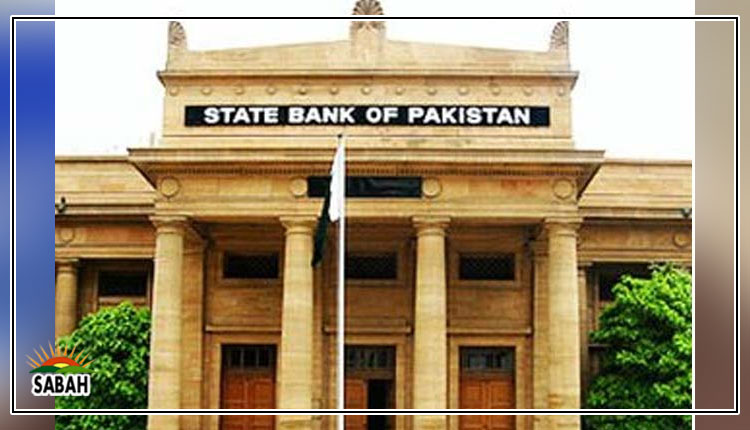A stitch in time saves nine… Sarwar Bari
Flood season is around the corner. Sadly though the rulers are locked in a fierce survival battle with their political opponents. One is concerned who will provide reliable early warning to would-be affectees, who will rescue them, who will provide relief to the needy and protection to those getting displaced.
While a big majority of the last flood survivors is still struggling, another flood disaster seems around the corner. If flood hits them again in coming months, it will likely deprive them of whatever little they have recovered so far. Since history very often repeats itself in almost every field of governance in my country, preparedness to respond to 2023 flood would not be different from 1992, 2010 and 2022. I have been working with flood-prone communities since the 1992 super floods. Over the last 30 years, our organisation has conducted numerous studies on various aspects of disasters. And that has taught me five major lessons: 1) Adopt this brilliant proverb a stitch in time saves nine. 2) Trust, rely and empower local men and women. 3) Blend local wisdom and scientific knowledge. 4) Consider disaster an opportunity to build back better. 5) Build coalition of vulnerable and marginalised communities from local to national level to making officials accountable.
It is claimed that Pakistans public policy, the plans and the law on disaster management and disaster risk reduction are based on the lessons learnt, generalisations of experiences and good practices. But in fact they are borrowed from others. No wonder they lack ownership in practice. And this has been happening despite investing huge resources on creating institutions, plans and human capital. Resultantly we as a country have failed to reduce human and economic losses from disasters. Recall the 2022 mega floods. Since the formation of disaster management commissions at federal and provincial levels in 2010, hardly any Prime Minister or Chief Minister has convened its meeting. Simply because they dont want to sit with the Leader of the Opposition which is legally mandatory under the National Disaster Management Act 2010. Their egos are larger than the national interest. And this explains the governance rot. This doesnt end here.
The successive governments have not only betrayed people when they needed the government support the most, they didnt even hesitate to cheat the world community regarding progress, for example, on the Sendai Framework for Disaster Risk Reduction (2015-30) or SDGs. It is worth mentioning here that SFDRR consists of four priority actions: Its priority 1 is understanding disaster risk. Every signatory country is being expected to take concrete steps on each indicator of each priority action. For instance, understanding risk largely depends on a shared understanding of terms. Therefore, a balanced use of traditional, indigenous and local knowledge with scientific knowledge, and, implicitly, their respective value for cross-validation and integration is must.
In this age of information, understanding the level of risk through IT should not be a difficult task. But in our country, it proved to be extremely problematic. Take the case of early warning for the 2022 floods and the information material that was developed and distributed by government departments, UN agencies, INGOs and NGOs in the aftermath of the disaster to the flood victims in Sindh and South Punjab.
To test validity of and access to the information, PATTAN and Clear Global jointly conducted a research survey. The key findings are extremely alarming. In Sindh and South Punjab flood affected communities lacked the information they needed to access assistance, avoid further harm and prepare for future floods. Women are largely excluded from information. Some rely on their children to read information out to them. Most women did not own a phone, and had to rely on male family members for information.
This is indeed a dangerous gap. Many communities affected by the flooding in 2022 are still dealing with severe impacts to their livelihoods and the loss of essential infrastructure. They urgently need information on the assistance available and their right to compensation, but this is not reaching many marginalised language speakers in particular. Responders need to understand the language and communication challenges to improve information flows between communities, authorities and civil society.
Some of those hardest hit by the flooding had received no information at all. When we shared materials developed by the government, national and international organisations, almost none of our participants had seen or heard them before.
Existing materials need to be made effective. Participants generally felt that materials like the ones we shared would have been useful if they had been accessible at the right time. But they need adjusting to ensure the messages are clear. Participants found the visual materials complex and confusing. People preferred audio communication in local languages, using simple terms and focusing on one key message.
Poor communication increases risks. Disinformation and scams made possible by a lack of access to reliable information. Confusion about relief distribution and entitlements caused tensions within communities.
Poor information provision has increased feelings of anger and injustice. Participants in Sindh voiced anger that government assistance had not reached them and at perceptions that aid had been used for political purposes in the local elections. Communication barriers compound this frustration as people cannot report when they feel their right to support has been denied.
Harvesting these key findings through practical steps is therefore imperative develop and relay adequate information in easily understandable local language. Instead of written, use audio and visual means. Act timely and stop procrastinating as its better to spend little time and money before disasters than to spend huge resources afterward. According to a study conducted in the US every $1 invested in risk reduction and early warning saves $7 in the long run. So, what stops governments from plugging a small hole, or providing early warning to vulnerable communities especially when arrival of floods is predictable? This mystery needs to be explored.
Courtesy The Express Tribune, May 28th, 2023.












